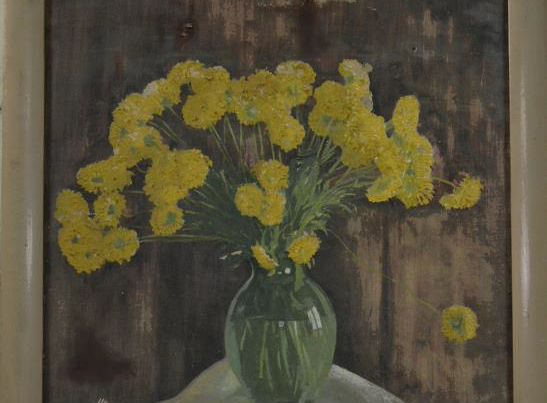by Mabrouk, N., Rashad, Y., Elmitwalli, H., Shabana, Y., Sreenivasaprasad, P. and Elsayed, Y.
ABSTRACT
Fungal biodeterioration represents one of the most crucial risks that threaten the cultural heritage resulting in irrevocable damages. Surveillance studies of the deteriorating fungi at archaeological sites are of great im-portance to update our knowledge of their diversity and distribution and help in finding appropriate conser-vation technology. Green conservation using plant essential oils (EOs) may offer an eco-friendly, effective, and economical approach to control these fungi in recent years. In this study, one hundred and ten swaps were collected from ten archaeological sites and museums in five Egyptian governorates (Cairo, Giza, Alexandria, Luxor, and Aswan). Eighteen fungal species belonging to seven genera were isolated and identified using the plate method and molecular identification, and a phylogenetic tree was generated by the maximum likelihood method. Among the identified fungi, Aspergillus niger, Aspergillus flavus, Aspergillus ochraceopetaliformis, Cladosporium halotolerans, and Neocamarosporium goegapense were the most prevalent, while the most diverse genera were Penicillium and Cladosporium. Fifty EOs were screened for their antifungal activity against the five most prevalent fungi. The methods used, such as microscopic morphological characterization and growth in-hibition (%) of the studied EOs revealed the variant antifungal activity depending on the type of EO and the fungus studied. The maximum antifungal activity was observed for EO of black pepper. This EO highly in-hibited the fungal growth of N. goegapense, A. flavus, A. ochraceopetaliformis, C. halotolerans, and A. niger record-ing an inhibition of 100, 94.1, 90.7, 89.9, and 87.8%, respectively. Based on these results, we can conclude that the EO of black pepper, ginger, camphor, red pepper, and cinnamon are potential candidates for use in con-trolling deteriorating fungi in different materials of cultural heritage, although further investigations are re-quired on simulated archaeological samples before application.
![]()



